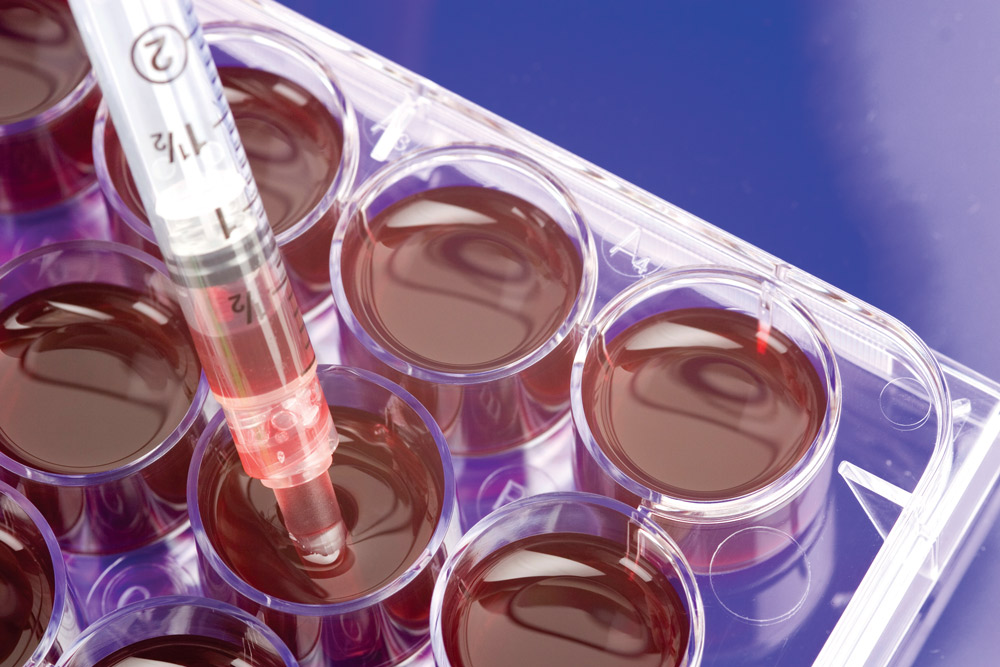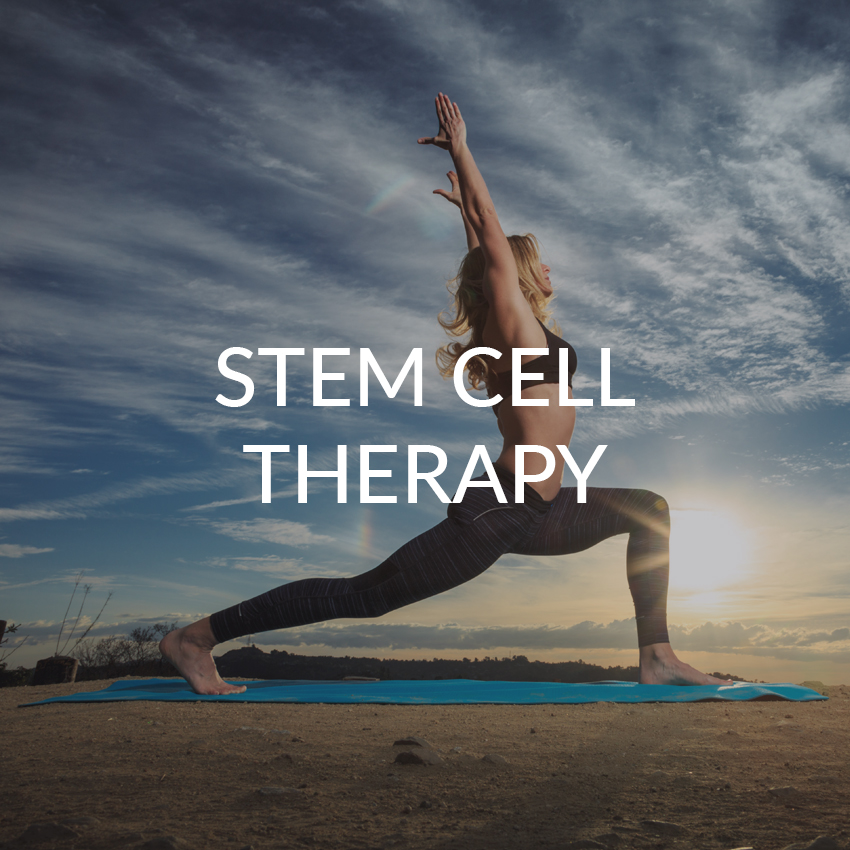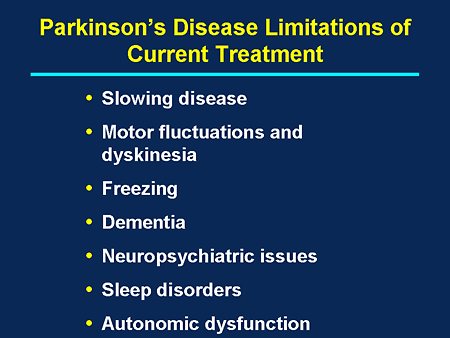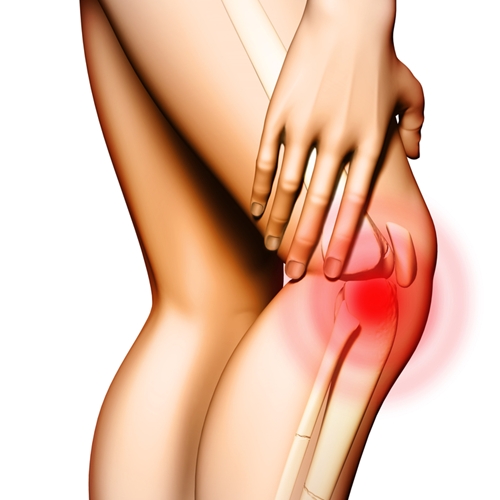Pre transplant test and procedures leading to Stem cell transplant: How to get ready

Pre transplant test and procedures leading to Stem cell transplant are just steps leading to your perfect health you deserve only if it is done professionally
From our previous article, we discussed about the stem cell transplant and the benefits attached to it and we now want to further the discussion by focusing on the pre transplant test and procedures leading to stem cell transplant. Experts from AWAREmed Health and Wellness Resource Center under the able leadership of doctor Dalal Akoury are going to be very instrumental in helping us put all the facts around the pre transplant test into perspective. From experience doctor Akoury says that any person planning to undergo through stem cell transplant will have to undertake certain tests and procedures to ensure that their health and status are perfect for the process to begin. Besides, the individual must be physically prepared to go through the transplant. It is also important to note that this may not be a one stop evaluation as it may take a couple of days before it is proven beyond doubt that the patient is ready for the transplant. In addition to that a surgeon or radiologist will implant a long thin tube (intravenous catheter) into a large vein in your chest or neck. The catheter, often called a central line, usually remains in place for the duration of your treatment. Your transplant team will use the central line to infuse the transplanted stem cells and other medications and blood products into your body.
Pre transplant test and procedures leading to Stem cell transplant: Collecting stem cells for transplant
When the patient is now ready, depending on the situation an autologous stem cell transplant can be planned and if this is the case then the patient will undergo a procedure called apheresis primarily to collect blood stem cells. But before apheresis, the patient will first receive daily injections of growth factor to increase stem cell production and also to move stem cells into the blood circulation so that they can be collected. Doctor Akoury says that it is during apheresis, that blood is drawn from a vein and circulated through a machine. The function of the machine is to separates the blood into different parts, including stem cells. These stem cells are then collected and frozen for future use in the transplant with the remaining blood being returned to the patient’s body.
On the other hand in the event that an allogeneic stem cell transplant is planned, the patient will have to find a donor who will donate the stem cell for the transplant. This process is often called a stem cell harvest or bone marrow harvest. The donor’s stem cells will be drawn from their bone marrow or their blood. It is only at this point that your transplant will team make a decision on what is better for you based on your prevailing situation.
Pre transplant test and procedures leading to Stem cell transplant: The conditioning process
Before the commencement of the transplant, one must go through the pre-transplant tests and procedures and after all that is done the next step is known as conditioning. During this process of conditioning, the patient will be taken through mild chemotherapy and possibly radiation primarily to:
- Destroy any cancer cells particularly if you are being treated for a malignancy
- Suppress your immune system
- Prepare your bone marrow for the new stem cells
The process of conditioning will differ from patient to patient depending on a number of factors, including your disease, overall health and the type of transplant planned. You may have both chemotherapy and radiation or just one of these treatments as part of your conditioning treatment. And like any other treatment the process of conditioning is bound to be some side effects including the following:
- Organ complications, such as heart, liver or lung failure
- Bleeding
- Infertility or sterility
- Nausea and vomiting
- Infection
- Anemia
- Fatigue
- Cataracts
- Diarrhea
- Hair loss
- Mouth sores or ulcers
Because these side effects could cause discomfort to your health, doctor Akoury advices that you could to take some medications or other measures to reduce them (side effects).
Based on your age and health history, it may be better for you to receive lower doses or different types of chemotherapy or radiation for your conditioning treatment. This is called reduced-intensity conditioning. Reduced-intensity conditioning kills some cancer cells and somewhat suppresses your immune system. Then, the donor’s cells are infused into your body. Donor cells replace cells in your bone marrow over time. Immune factors in the donor cells may then fight your cancer cells.
Pre transplant test and procedures leading to Stem cell transplant: What to expect
After conditioning, the stem cell transplant can take place. On the day of your transplant, called day zero, you are given the stem cells through your central line using a process known as infusion. The transplant infusion is painless. You are awake during the procedure. The transplanted stem cells make their way to your bone marrow, where they begin creating new blood cells. It can take a few weeks for new blood cells to be produced and for your blood counts to begin recovering.
Bone marrow or blood stem cells that have been frozen and thawed contain a preservative called dimethyl sulfoxide (DMSO) that protects the cells. Just before the transplant, you may receive medications to reduce the side effects the preservative may cause. You’ll also likely be given IV fluids (hydration) before and after your transplant to help rid your body of the preservative. Side effects of DMSO may include: nausea, fever, diarrhea, chills, hives and red urine. Remember it is not necessarily that everyone will experience side effects from the preservative some may not experience anything while for some people those side effects are minimal.
Pre transplant test and procedures leading to Stem cell transplant: After your stem cell transplant
Finally when the new stem cells enter the body, they will move down to your bone marrow and within a short time, they multiply and begin to make new, healthy blood cells through a process known as engraftment. And even though the new cells will be forming up it will take some time may be several weeks before the number of blood cells in your body starts to return to normal. This may differ with people as the case may thereby taking a little longer with some people. Nonetheless as a way of ensuring safety several days or weeks after the stem cell transplant is done, the patient will some tests to monitor their condition. During this period you may need to take some medications to help you manage any complications like nausea and diarrhea. Remember that after this is done you will need to be under close medical observation just to ensure that any arising complication is addressed in good time.









 In 1980-90s researchers worked to find out if the cell replacement therapy could be used to quell the harmful effects of the Parkinson’s disease. The findings of these researchers have since been a foundation upon which current researchers increase the scope of their study on the effects of cell replacement therapy on the Parkinson’s disease. Particularly, Swedish, American and Canadian researchers have transplanted the developing nigral dopamine-producing neurons from human fetuses into animals and human patients with Parkinson’s disease. In these studies there were some great improvements while in other cases there were only modest changes.
In 1980-90s researchers worked to find out if the cell replacement therapy could be used to quell the harmful effects of the Parkinson’s disease. The findings of these researchers have since been a foundation upon which current researchers increase the scope of their study on the effects of cell replacement therapy on the Parkinson’s disease. Particularly, Swedish, American and Canadian researchers have transplanted the developing nigral dopamine-producing neurons from human fetuses into animals and human patients with Parkinson’s disease. In these studies there were some great improvements while in other cases there were only modest changes.





 Nicotine and Neurochemicals
Nicotine and Neurochemicals





